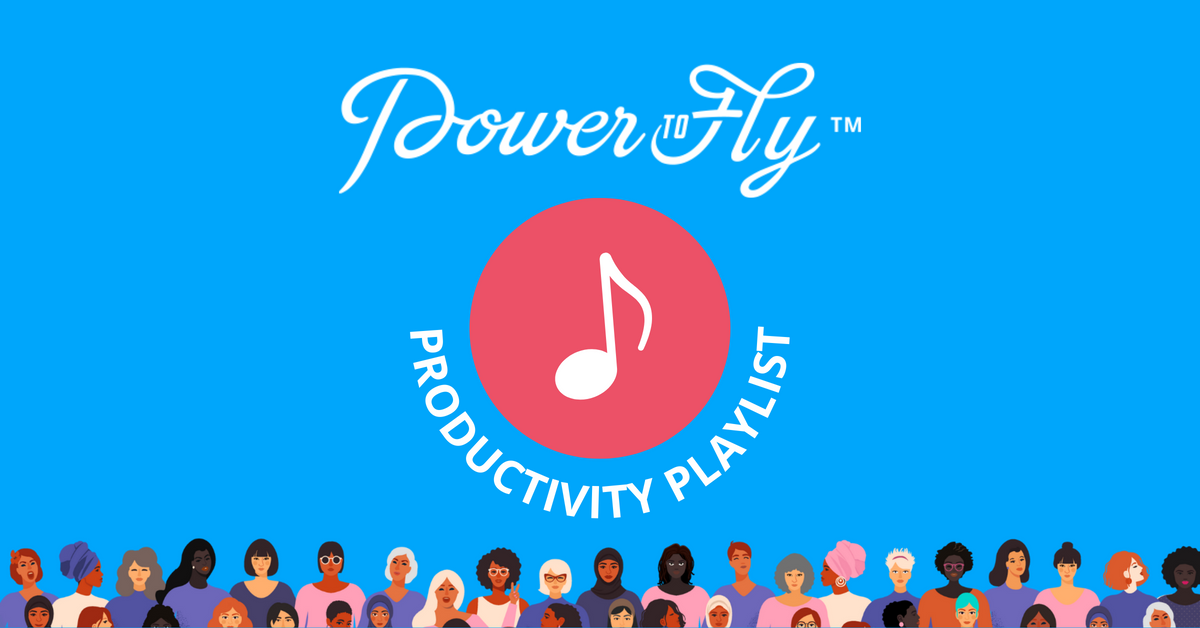Music isn't just a means of entertainment—it's also known to improve motivation and productivity at work.
Research has found that certain types of music can be beneficial to us while we work. Some genres seem to improve our ability to process information and focus on the task at hand. Some help block out distracting background noise. And others sync with our brain waves to keep the creativity flowing.
We took the guesswork out of selecting music for productivity by curating a playlist with over two hours of motivational tunes that will help you get in the zone. Don't worry,we won't bore you with too much Bach (no offense to classical music lovers!).
Whether you're at the office or working from home, check out our Music for Productivity Playlist here and keep your productivity flowing!
(Or read on to learn more about why our selections can help get your brain in focus mode!)
Music for Productivity Playlist
Our Top 5 Songs for Productivity

This lo-fi hit falls under the genre of house music. It has an upbeat, yet calming melody that keeps you engaged with whatever task you have in front of you. Because it doesn't have lyrics, this song is ideal for deep work and focus tasks.

Keeping up with the theme of music sans lyrics, this classical twist on a modern tune feels familiar, but not overstimulating. The strings of the cello and the harmonies of the piano are great for problem solving and sparking creativity.

This harp-led, whimsical number is sure to keep you focused during a tedious task. The subtle nature sounds in the background enhance cognitive function and concentration.

Sometimes the type of music doesn't matter as much as the tempo of the music.
Studies have shown that songs with a bpm (beats per minute) around 80 can enhance and stimulate creativity and learning.

Cinematic music scores can be uplifting and empowering. This epic soundtrack will help make the most mundane tasks feel like you're changing the world, thus heightening your concentration and productivity. Don't believe us? Take a listen!



